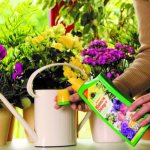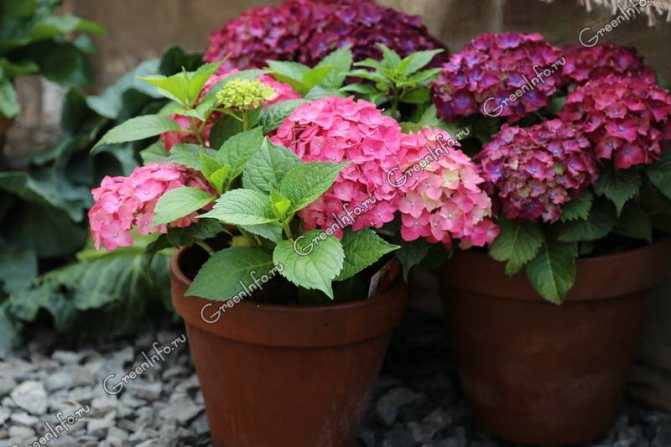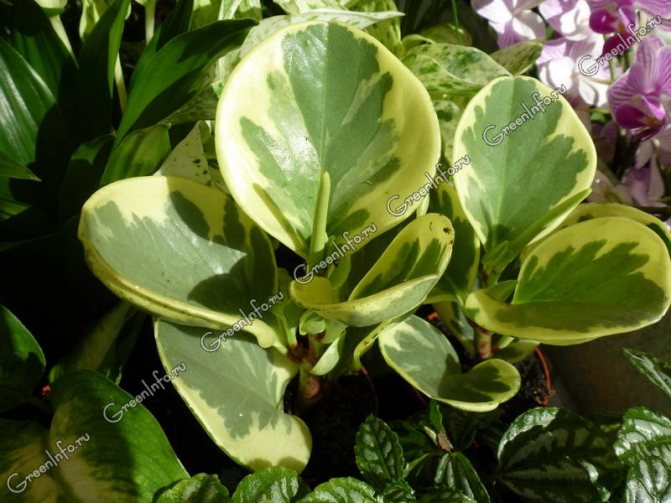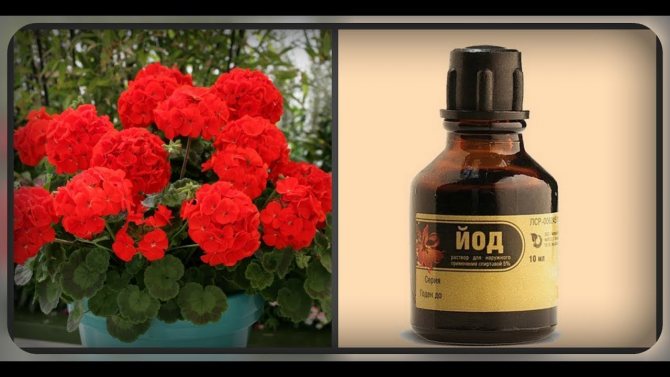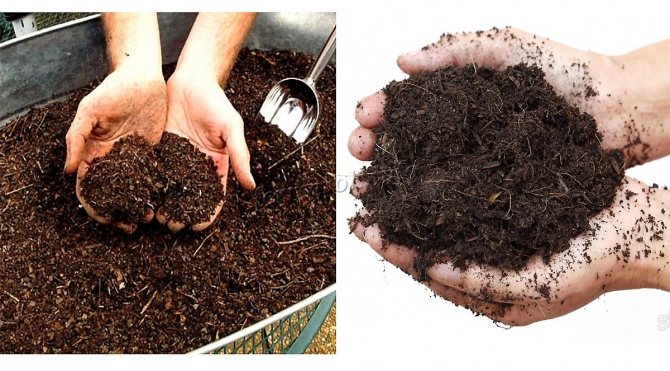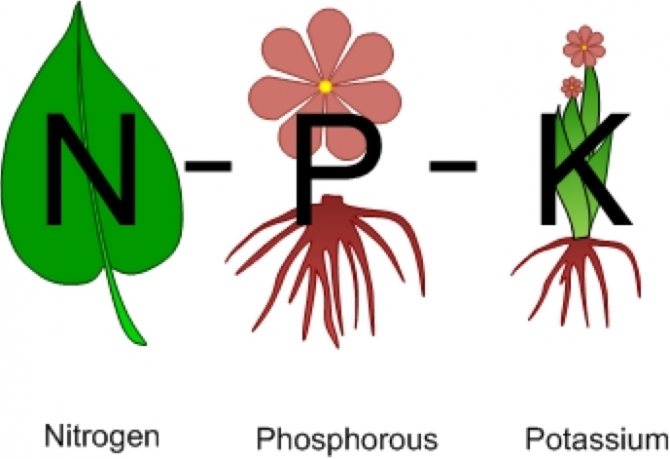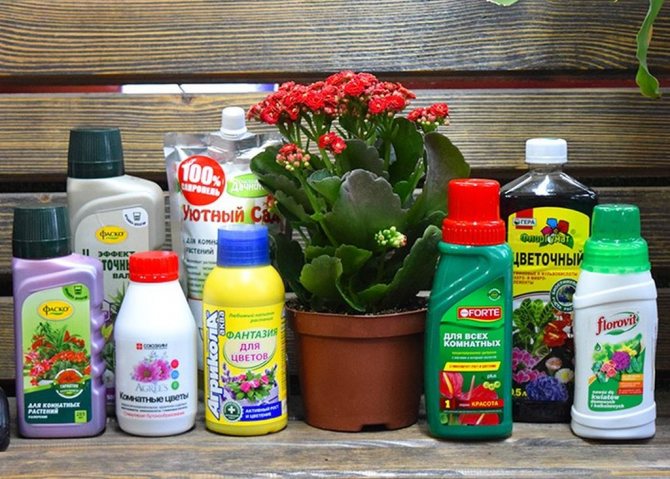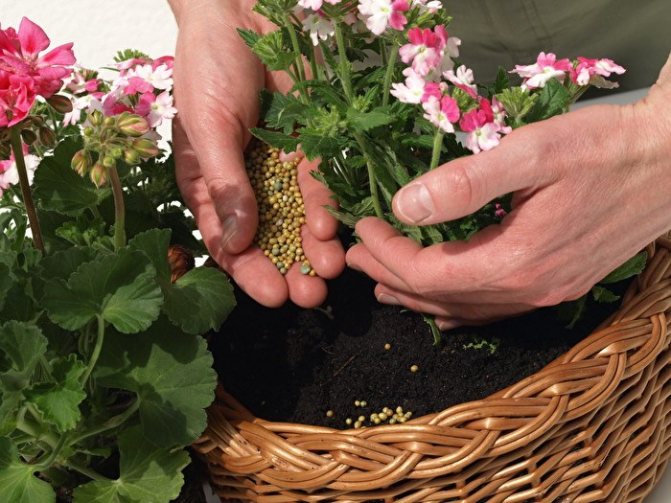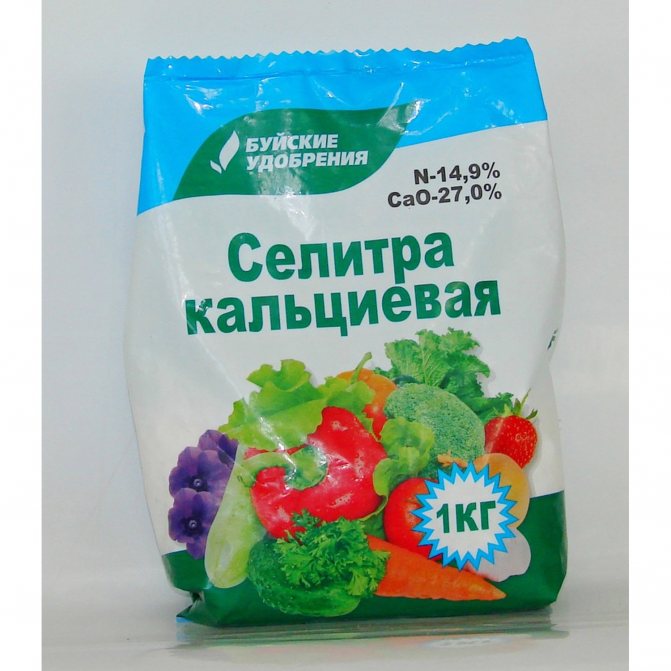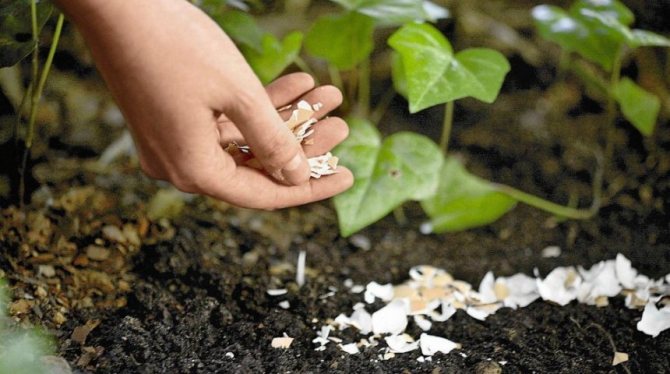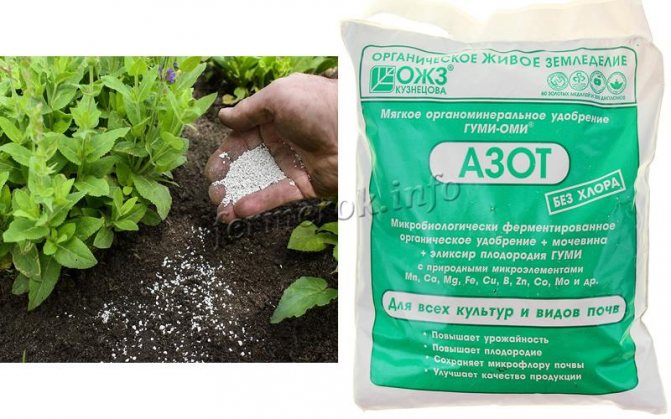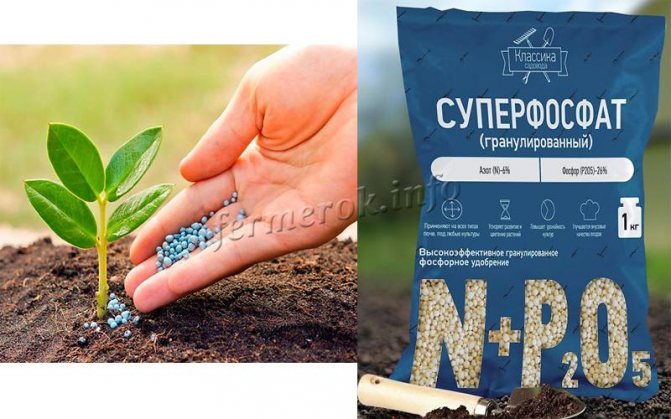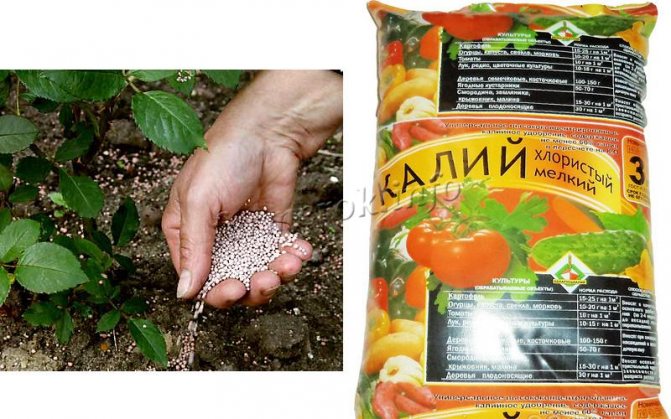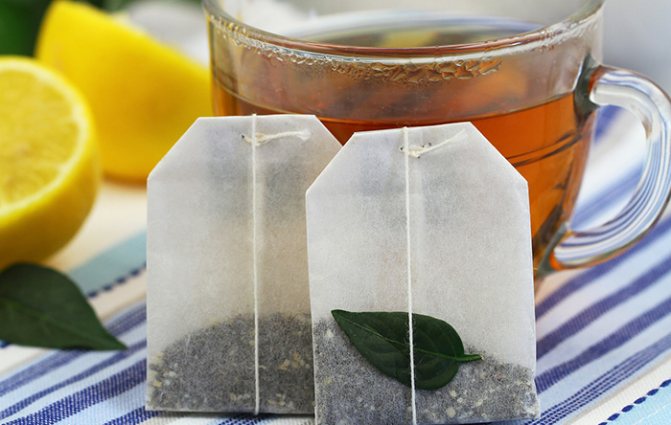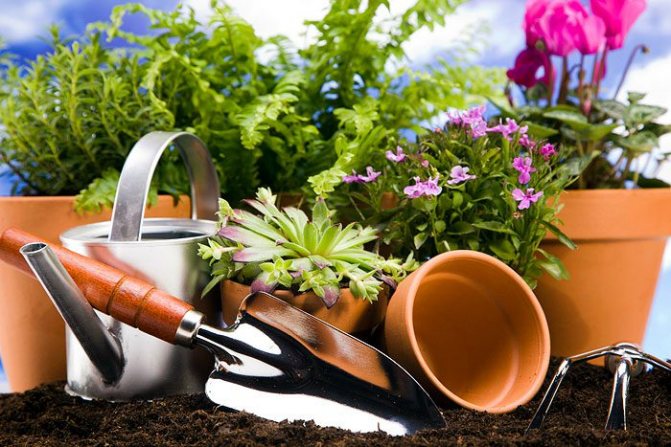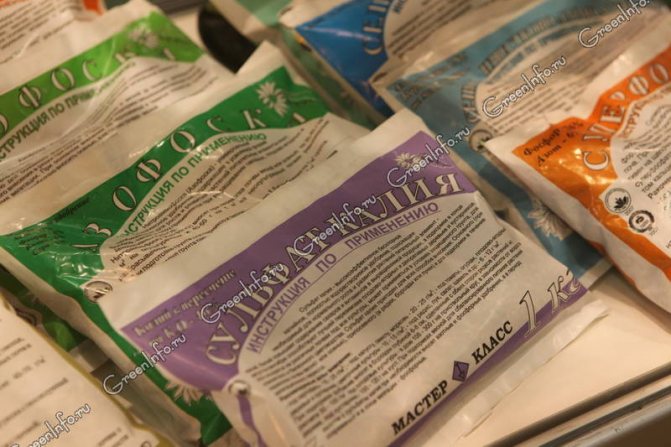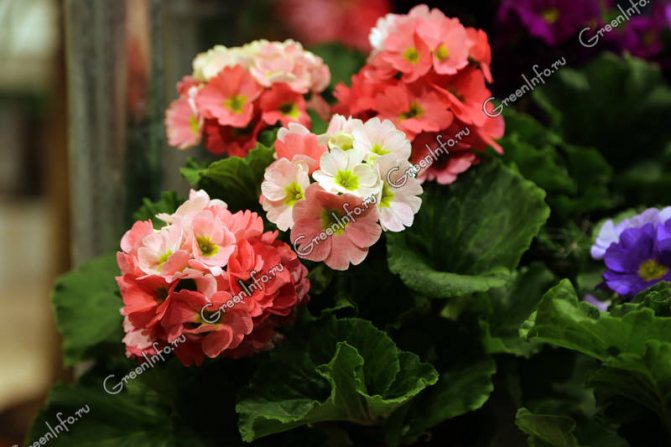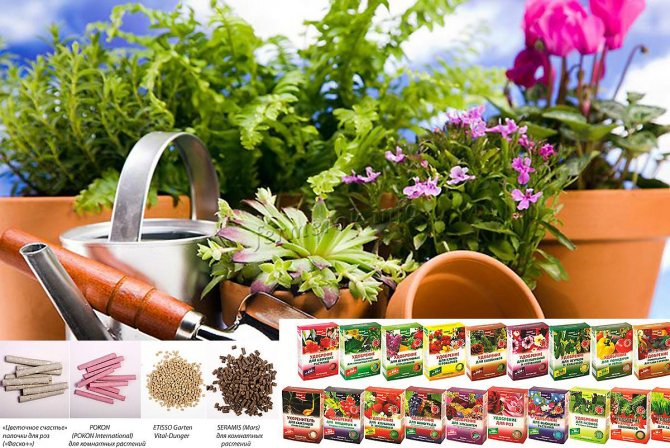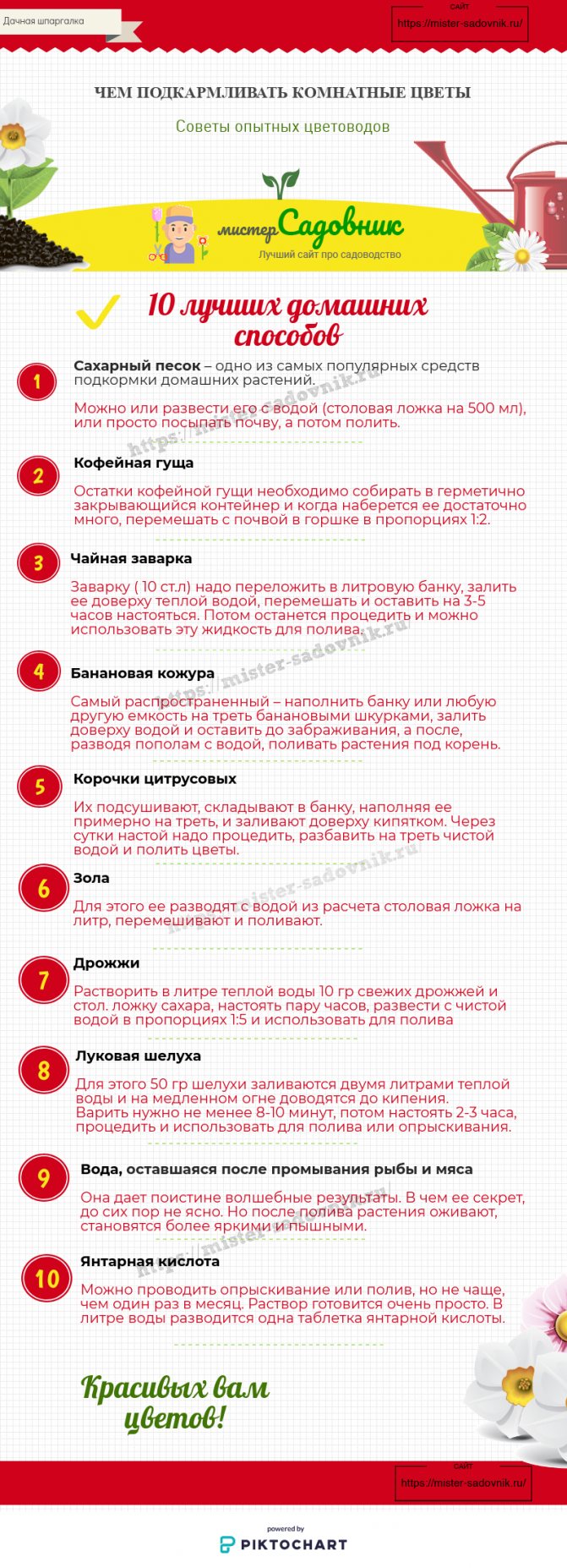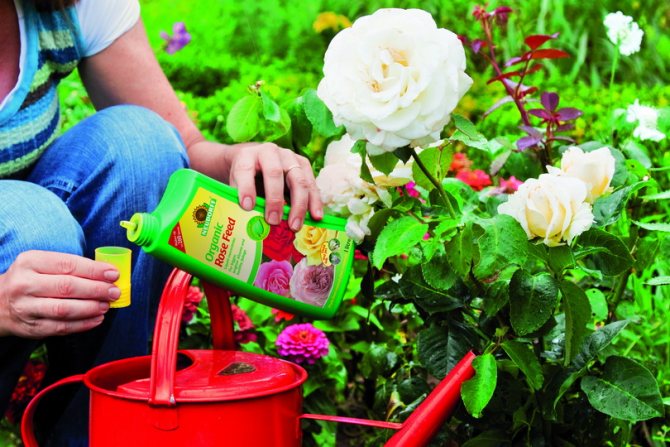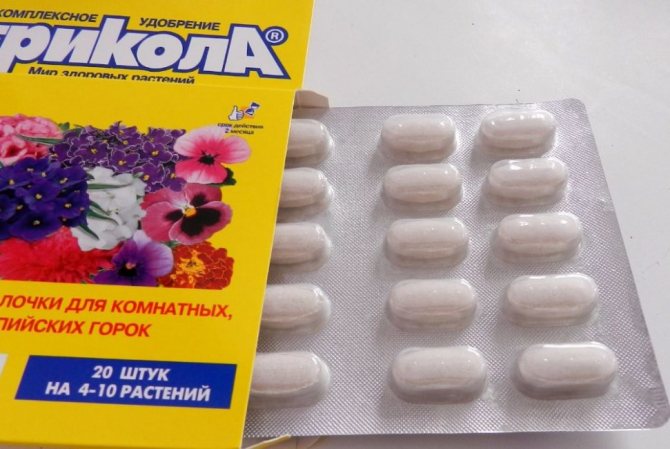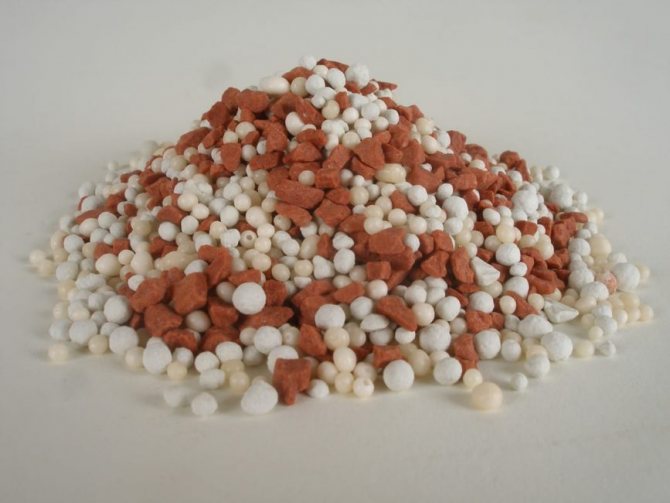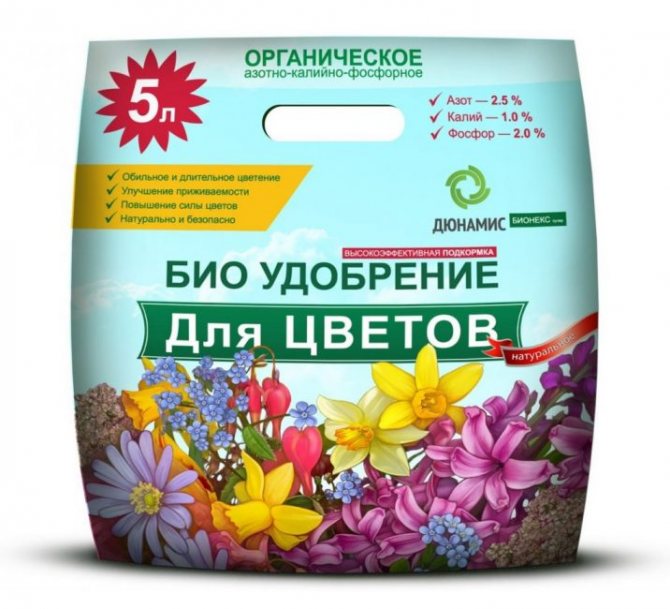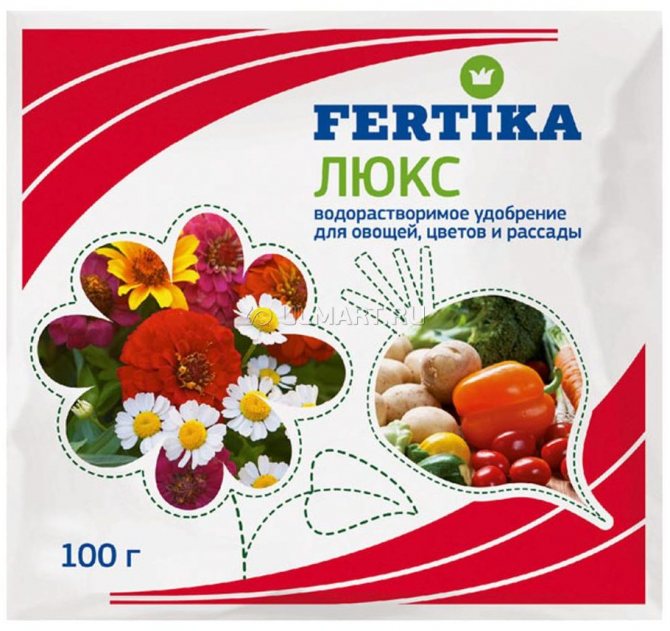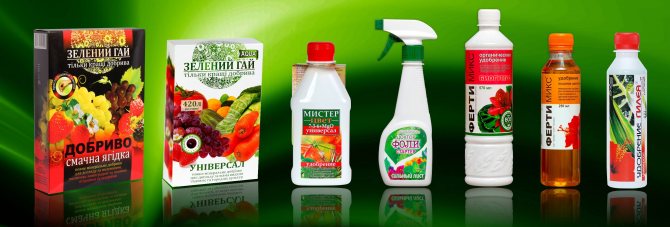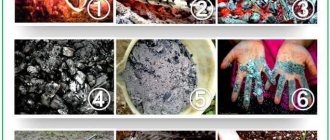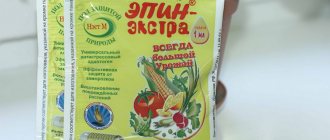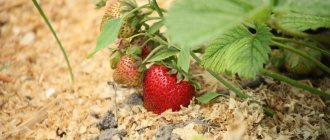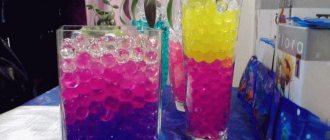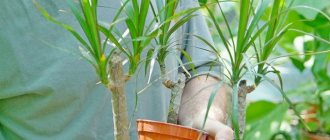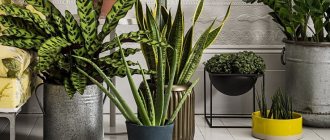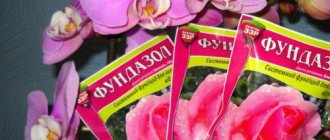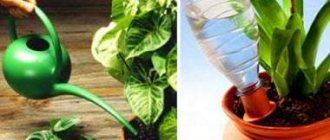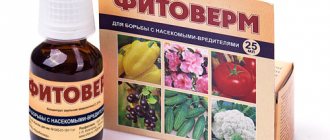Every gardener who grows "green pets" wants to see the lush bloom of the buds. There are a lot of flowering houseplants. Among them are anthurium, camellia, clerodendrum, sinningia, alpine violet and others. However, it happens that home crops bought from the shelves in flower shops throw off their buds at home, refusing to bloom.
There are many reasons for this behavior of plants: changes in the microclimate, transplantation, improper care, lack of lighting, lack of fertilizing. To bring the flower back to normal, specially designed fertilizers come to the rescue, designed to stimulate the formation of new buds, as well as the growth of the culture.
When and how to feed
First you need to understand the general rules of how and when to make flower food.
When to feed plants
If your plant is elongated, the stems become thin, if growth has stopped or slowed down, the leaves have turned pale, light spots have appeared on them, the plant refuses to bloom, then most likely it lacks nutrition.
But it is not necessary to bring the flowers to such a terrible state, they need to be fed regularly.
Already from March, when the sun begins to peep into the windows more and more often and the flowers start to grow, you should start feeding them once every two weeks. And continue to feed in this mode until October.
Top dressing is applied both during growth and during flowering.
From October to February, plants usually have a dormant period, they, like bears, plunge into hibernation and do not need additional nutrition. The exception is those that bloom in winter. Winter flowering can be fed occasionally, but not more often than once a month.
Although experts - flower growers still do not recommend doing this in the dark from November to December.
How to apply top dressing correctly
Important! In no case should top dressing be applied to dry soil, as this can damage the plant and burn its roots.
First, we water the flowers, and after they have quenched their thirst (the day after watering) we feed them.
Flower dressing is applied both dry and diluted in water.
Dry means are scattered over the surface of the earth, then the soil must be loosened and lightly watered with water.
Top dressing, diluted with water, water the plant around the entire bush, preferably closer to the edge of the pot. It is not necessary to fill in, very little fertilization is required. Water must be used only previously settled, and not from the tap, at room temperature.
Sometimes top dressing is also used in the form of spraying.
Major mistakes
- Feeding during transplantation. Many people mistakenly believe that this will help the flower adapt to new conditions, but such measures can destroy it.
- Fertilizing dry soil. Such actions are prohibited under any circumstances; the soil in the pot must first be moistened.
- Overdose with fertilizing mixtures. Doses of drugs should not be determined by eye, since even the slightest deviation from the norm can lead to already irreversible consequences.
Home dressings for indoor flowers from our kitchen
The most varied composition of vitamins and microelements can be found in our kitchen.Feeding indoor flowers with home remedies is no worse than store-bought fertilizers, besides, they are completely natural. So do not rush to throw away onion peels, eggshells, orange and banana peels, coffee grounds.
What dressing for indoor flowers can be used and how to prepare them, my further story.
Yeast
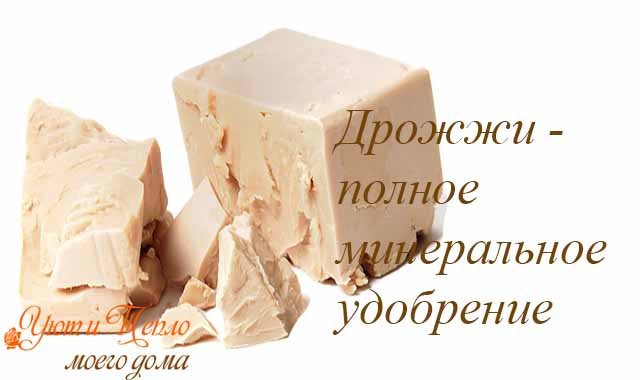
Probably the most famous, popular and effective flower dressing is yeast. After all, they contain a lot of usefulness, including phytohormones, B vitamins that stimulate growth, and others.
Yeast top dressing is equivalent to a complete mineral fertilizer.
It has a beneficial effect on the root system, causes increased growth and flowering, and also improves the microflora of the earth. Your flowers will grow by leaps and bounds!
Recipe
If you have natural pressed yeast, take 10 grams of it, stir in one liter of warm water, add a tablespoon of sugar.
Dry yeast should be taken 1 gram per liter of water + 1 teaspoon of sugar.
We insist this mixture for 2-3 hours.
Before applying top dressing, it will still need to be diluted with water in a ratio of 1: 5 (1 glass of infusion for 5 glasses of water).
Beer
Essentially the same yeast, only we are not talking about pasteurized beer from bottles, but about live beer, which is bottled in pubs.
If after some gatherings you still have a little of such a drink (although this is unlikely, well, do not regret it, leave at least a little for your pets), you can treat your plants as well.
When the beer hits the ground, it will continue to ferment there, releasing carbon dioxide, which will feed the plants.
Take 200 grams of beer per liter of water, mix and pour this solution once a week. You will see your plants come to life.
Coffee grounds
There is a lot of nitrogen in coffee, and plants are very fond of it, especially after winter. And this home remedy makes the earth loose and soft.
Having prepared and drunk the morning drink, we dry the remaining coffee grounds and put them in a jar, in a few days a pretty decent mass will be typed, which is enough for all your flowers.
Distribute a couple of teaspoons of dry grounds around the edges of the pot, loosen, water. It's that simple!
Tea brewing
We add dry tea leaves as in the previous recipe to the ground, this will be fertilizer for home flowers.
Or you can just water the plants with unfinished tea, even sweet tea. Ferns especially like to drink tea.
But do not overdo it and rarely use such a top dressing, because black flies also love it.
Sugar
Feeding indoor flowers with sugar gives them energy, so almost all plants respect sweet water, and cacti more than anyone else.
Dissolve one tablespoon of sugar in a liter of water and pour over the flowers.
Onion peel
Onion peels are useful for us not only for coloring eggs, but also a wonderful food for flowers from it!
We will need to prepare a decoction.
Put a good handful of husks in a saucepan, pour two liters of hot water into it and cook for 5 minutes over low heat.
After the broth has stood for a couple of hours, it should be filtered and used for spraying or watering flowers.
This broth is not stored for a long time, so discard the leftovers immediately. And the procedure can be repeated in a month.
Read also: What color is maple in autumn
Eggshell
Egg shells are rich in calcium, which is also necessary for our pets.
Therefore, we do not throw away the shells from peeled boiled eggs (you can also use raw ones), collect them, dry them, grind them in a mortar, crush or other convenient method. It is desirable very finely, in crumbs and even dust.
The crushed shells can be used for dry feeding of plants, sprinkling on the surface of the earth and burying.
Or you can insist them in water (a teaspoon of crushed shells per liter of water) and use for watering.
Sometimes, when planting plants, a handful of shells are poured onto the bottom, which will nourish and enrich the earth for a long time.
Banana
The potassium in bananas is essential for flowering plants. It helps the leaves acquire juiciness and brightness.


Banana dressing is simple to prepare: a whole peeled banana needs to be thoroughly mash, pour a glass of water and stir until a homogeneous mushy mass. We feed our plants with this mixture straight from the spoon.
But we ourselves love to eat bananas, we often use banana peels for dressing.
How to cook
- Collect and dry the banana peel.
- Finely chop with a knife, grind into powder in a blender.
- We fill any jar to half the volume.
- Pour hot boiled water to the top.
- We close the lid and leave to brew for a day.
- We filter.
- Add water to the jar to the full volume.
- We water our plants.
Citrus
A good top dressing for indoor flowers is obtained from dried citrus peel. Prepare and apply in the same way as banana peels.
Aloe
If you have aloe growing at home, you can use it itself to feed flowers, or rather aloe juice. It stimulates plant growth well.
Cut the leaves, rotate them in a meat grinder and squeeze out the juice. For 1.5 liters of water, you need 1 teaspoon.
Garlic
You've probably heard that the flowers are also watered with garlic water. This is a slightly different top dressing - not for the growth and lush flowering of plants, but as a means for preventing diseases, strengthening immunity, disinfecting the soil and treating ticks.
You can prepare the infusion as follows: for 1 liter of warm or hot water - 4-5 chopped cloves. After 5 days of infusion in a dark place, the product is ready for use. Add three tablespoons of the solution to a liter of water and water or spray the leaves.
What flowers are watered with garlic water: orchids, violets, geraniums, dracaena and, in principle, any flowers, but not during flowering and no more than 2 times a month.
Types by chemical composition
How to feed dahlias for growth and flowering
According to their constituent components, fertilizing agents are divided into several types: alkaline, acidic and neutral. Each is suitable for a specific soil type.
Alkaline
Alkaline products are composed of a complex of minerals and macronutrients. They are well accepted by plants and dissolve quickly in water. The most common remedies are nitrate and saltpeter. Their main task is to ensure intensive growth during the growing season, nourish the root system, and restore the immunity of domestic crops. What actions do alkaline components have:
- stimulate the growth of the root system;
- improve membrane development;
- regulate metabolism;
- increase resistance to adverse conditions;
- accelerate the flowering and fruiting process;
- improve the quality of the soil.
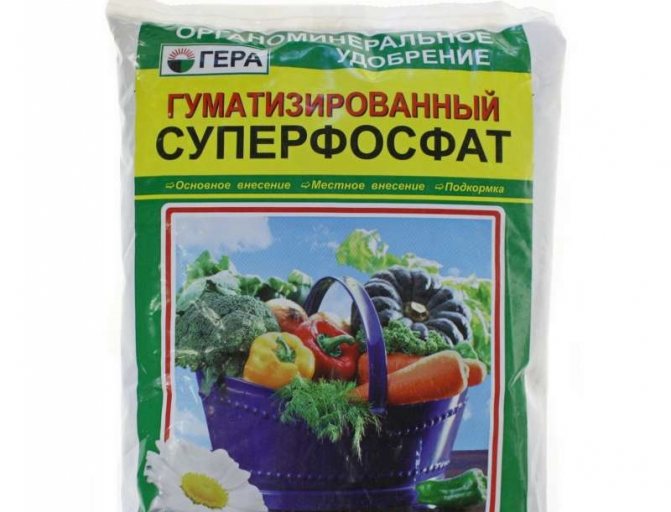

Alkaline flowers
Important! Alkaline agents prevent cell death and growth retardation.
Acidic
The acidic components of top dressing are widely used for soils with a low percentage of acidity. These include the following trace elements:
- ammonium chloride;
- urea;
- ammonium nitrate;
- superphosphate.
Acidic products are free flowing. They penetrate the soil as quickly as possible, enrich it with the necessary elements and accelerate the growth of seedlings. Acid fertilizers have undeniable advantages - a long shelf life and economical use, which allows you to significantly save your budget.
Neutral
Such dressings contain 1-2 main components and are suitable for use in many crops. Most often it is ammonia or nitrogen. They provide quick access of moisture to the root system of plants, fertilize the soil with useful minerals, accelerate the growth of crops and strengthen their immunity.
Note! Neutral products are recommended to be introduced before the growing season of the plant - in early spring. It is better not to use them in the autumn.
Pharmacy flower food
For feeding, the products from our home first aid kit are also perfect.
Aspirin
Plants respond very well to spraying with aspirin: crush 1 tablet and dissolve in a liter of water.
Vitamin B12
As already mentioned, vitamin B is needed for growth, dissolve 1 ampoule in a liter of water and pour over the flowers. Violets like this top dressing.
Castor oil
I always have a bottle of castor oil at home. I make masks for the face and nails with him, I use it for burns and all sorts of sores.
While tying buds, flowering plants can be fed with castor oil solution: 1 teaspoon per liter of water.
Ammonia
It is a good nitrogenous fertilizer and is very easily absorbed by the plant.
Just like on humans, ammonia affects plants: invigorates, restores strength, revives.
After watering with a solution of ammonia (1 tablespoon per liter), the plant will turn green in three days, budding begins, and the solution disinfects and kills various fungi in the soil.
Iodine
Helps to recover, actively grow and bloom luxuriantly.
Honestly, I don't know if other plants are fed with iodine, usually this fertilizer is used to care for geraniums.
To prepare 1 drop of iodine, stir in a liter of water. Water very carefully around the edge of the pot to avoid scalding the roots. You can pour no more than 50 ml of the product into one pot.
Hydrogen peroxide
My favorite remedy is hydrogen peroxide. It not only saves me from the flu, but also helps the plants come to life right before our eyes.
Peroxide has an oxidizing effect, antiseptic properties, heals not only leaves, but also the earth, protects against pests, is a good prevention of diseases.
This remedy is an ambulance for withering plants as well as a hot shower.
1 tablespoon is diluted in a liter of water and sprayed with plant leaves once a week, but only for those who like spraying. Other flowers can be watered with this composition.
Tatiana will tell in detail very interestingly about peroxide as a good fertilizing for flowers in her video.
Let's summarize. As you can see, there are many home remedies available that can be used to feed indoor flowers. Better to alternate them. Bought bananas, feed them from their peels, bake pies - set aside some yeast for your favorites, and even pouring sweet water or sprinkling with peroxide is much easier.
May your favorite flowers delight and thank you for your work!
Best regards, the author of the blog "Comfort and warmth of my home" Olga Smirnova
Interesting and useful posts about flowers and for flowers:
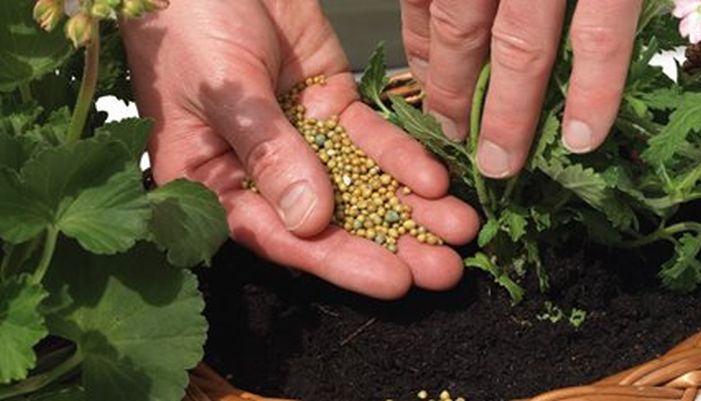

Probably all housewives from time to time think about how to increase the resistance of plants. How to extend their life and help them grow big, healthy and beautiful. However, few people realize that it is not necessary to buy expensive fertilizing for plant health. Many of them can be found at home in general access!
The secret to an attractive garden or home greenhouse is to properly nourish your green pets.
We will tell you about 10 of the most unusual, but proven and effective dressings, thanks to which you can not worry about flowers and other home green spaces.
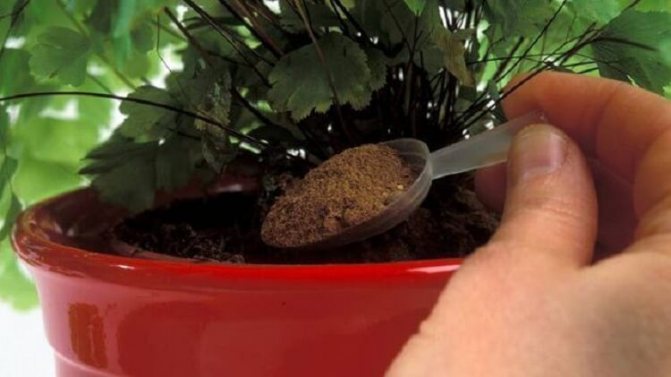

Top dressing number 1: Sugar
Almost all plants love granulated sugar. It can be confidently called one of the best feed for home and garden plants. Cacti are especially fond of sugar, thanks to it they reproduce faster by budding and grow in height.
The secret to use is simple: you need to take one teaspoon of granulated sugar (in a pot with an approximate diameter of 10 cm) and scatter it over the surface of the earth. A positive result will not be long in coming!
Top dressing number 2: Castor oil
Castor oil is used not only in cosmetology. For plants, it is an excellent top dressing. It can be used especially successfully when caring for plants that bloom with beautiful flowers. Castor oil helps to speed up bud ripening and opening.
For this plant, you just need to water it with water with the addition of castor oil. The proportions of the mixture are as follows: in one liter of water, dilute a teaspoon of castor oil. She needs to water the plants at the moment when the first buds are just beginning to set.
Read also: Saint Petersburg in autumn photos
Top dressing No. 3: Wood ash
Wood ash is not only a top dressing that helps maintain the beauty of plants, it is also incredibly useful for them. It is used by experienced gardeners and amateurs to treat various diseases, as well as as a preventive measure. In addition, wood ash perfectly nourishes plants with microelements.
The solution with the addition of this ash is very simple and easy to prepare. 1 tablespoon of wood ash (you can buy it in any supermarket or hypermarket in the gardening and gardening department) must be poured with one liter of hot water (not boiling water). Let the mixture brew for about seven days. After a week, stir the mixture, water the plants once every ten days.
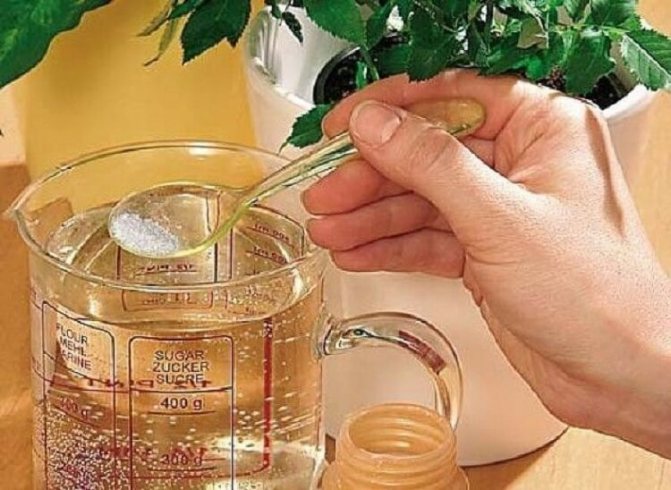

Top dressing number 4: Citrus and pomegranate
Citrus Pomegranate Infusion Will Help Grow Great Plants! To create top dressing, you need a minimum of ingredients: crusts of used pomegranate fruits, citrus zest. They must be filled with water and left for a day to infuse. The infusion is very nutritious for plants and flowers.
Top dressing number 5: Aspirin
Aspirin has long been known for being widely used in horticulture. It also allows cut plants to stand in the water longer than usual. However, aspirin can also be a very good food! It turns out that it perfectly strengthens the immunity of home and garden plants. To do this, it is necessary to make a solution for spraying green spaces. One aspirin tablet must be diluted in a liter of water, and the leaves of the plants should be treated with the prepared mixture from the spray bottle.
Top dressing number 6: Aloe juice
Aloe juice is also used as a nutrient and as a protection against insects and diseases. One teaspoon of aloe juice is diluted in one and a half liters of water, you can take two liters for a large pot volume. Diluted aloe juice is ideal for all types of plants - indoor, garden, and greenhouse.
Top dressing No. 7: Mushroom infusion
Mushroom infusion is an unusual remedy, but quite effective among gardeners and lovers of greenery. Such a substance helps plants look healthy, beautiful, and also provides them with micronutrients.
Any edible mushrooms should be soaked in cold water in a one-to-one ratio. After a day, it is necessary to drain the resulting liquid and fill the mushrooms with water again. After 24 hours, the infusion for high-quality plant nutrition is ready!
Top dressing number 8: Vitamins in ampoules
This dressing is especially suitable for plants that are in bloom. For example, violets. An ampoule of vitamin B12 should be diluted in a liter of water. However, it is not recommended to feed plants using this method more often than twice a month.
Top dressing # 9: Sweetened water
Sweetened water is also a popular plant nutrition method. It is used by agronomists, gardeners and florists.
For one liter of water, take a teaspoon of granulated sugar and dissolve it in water. The resulting composition for watering will give cut flowers a long life, and potted flowers - beauty and health.
Top dressing # 10: Banana peel
Banana peel, although insoluble in water, is also used for feeding as a soil supplement.
Dried chopped banana peels can be laid on top of the drainage layer and covered with soil for engraftment. The rind is very rich in phosphorus and potassium, which will provide plants with health and excellent flowering.
Testimonials
Share your feedback on the fertilizers you used yourself. Tell us about the effect you got.
Elvira: “Home floriculture is my main hobby. For a very long time I have been using the Tsitovit bait mixture seasonally, the impression is only positive. The composition includes virtually all the necessary elements, so my flowers receive comprehensive protection and grow healthy throughout the season. "
Anna: “I use various mixtures of the Agricola line, as a result, all indoor plants grow well and bloom every season. Once I tried to use sticks, which are also produced under this brand, but I did not notice any particular result from them. In addition, by mid-autumn they had not completely dissolved, but they had firmly eaten into the ground, so it was very problematic to pull them out. I consider this experience to be very unfortunate. "
Vitamins for plants
They are needed for health and proper development not only for people, but also for plants. You can use vitamins from your first aid kit to make nutritious food for your plants. For these purposes, vitamins from group B are well suited, as well as vitamin C, or simply ascorbic acid. Only watering with "vitamin" water should not get carried away, in plants, as in people, hypervitaminosis can develop. One watering every 3 weeks will be enough.
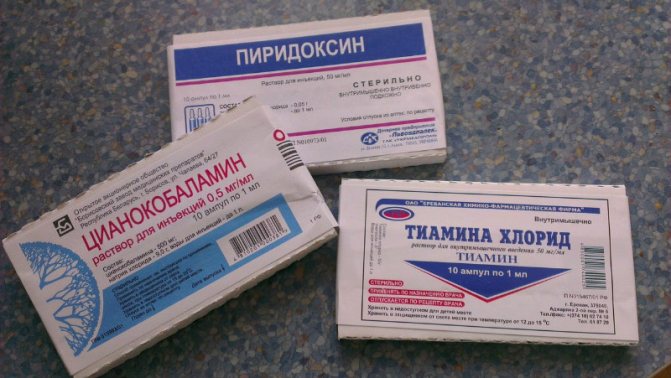

Vitamins from group B have a good effect on the plant, accelerate metabolism, strengthen roots, under their influence plants grow and develop better.
Vitamin B1 helps plants cope with stressful conditions and also stimulates their growth. For feeding, a solution is prepared from 1 ml of vitamin diluted in a liter of water.
Vitamin B3 (or nicotinic acid) is great for plant resuscitation. The solution is prepared in a proportion of 1 ml of vitamin per liter of water. You can enhance it with other vitamins, such as B1 or B6.
Vitamin B6 stimulates the immune system of plants, helps to save weakened and diseased flowers.
The solution is prepared in the same proportion as vitamin B3.
Vitamin AT 12 participates in the production of chlorophyll, activates the growth and metabolism of plants. Use 1 ml of vitamin per liter of water.
Vitamin C (or ascorbic acid) helps plants resist various diseases, just like humans. Also, vitamin C will help in the fight against chlorosis.
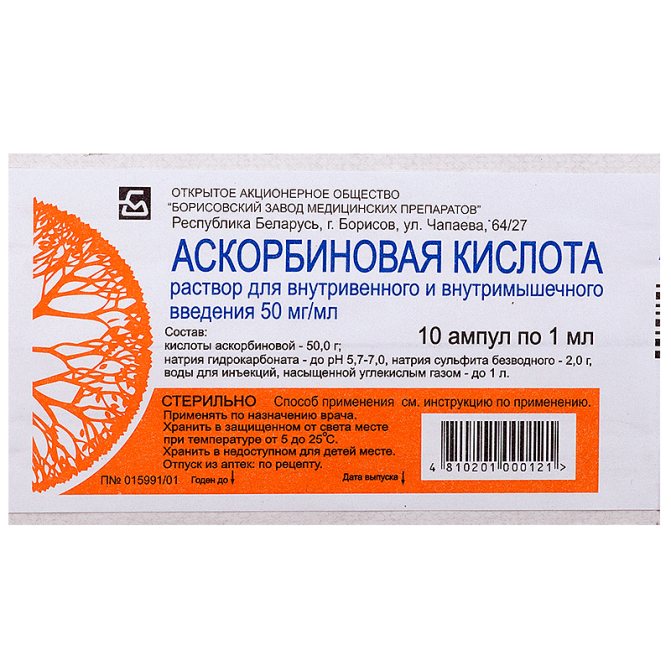

Ascorbic acid regulates important metabolic processes, affects water metabolism and can even control plant growth. For vitamin watering, dissolve an ascorbic tablet in a liter of water.
From the pharmacy for feeding indoor plants you can use not only vitamins, but also other familiar substances that are used in everyday life with an increase in body temperature, cuts. Even ammonia, which is used for fainting, to bring a person to his senses and he can go into business for home plant care.
Cow dung
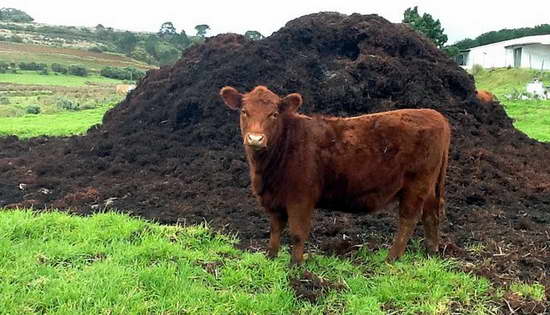

How to fertilize plants with cow dung correctly
The fertilizer also contains nitrogen, potassium and phosphorus, which plants need. It is not recommended to bring it fresh to the beds. Manure can be fermented in the same way as bird droppings, but diluted less: 1 liter of concentrate per 10 liters of water.
In the fall, you can scatter manure in its pure form or together with the litter over the garden so that it rotted in the fall, and in the spring it can be buried in the ground. Application rate - 5-6 kg per square meter of land.
Medicines from the pharmacy for plant nutrition
Aspirin
Probably one of the most common pills in home medicine kits is aspirin. But with its help, you can not only bring down the temperature, but also feed indoor plants.
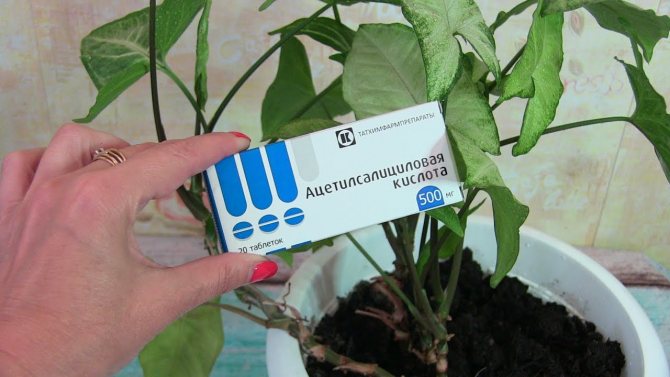

Acetylsalicylic acid in its composition improves the immune system of plants, increases their resistance to fungal diseases, as well as to insect pests. Aspirin reanimates sick and weak plantsand also restores them after winter. Aspirin also improves soil quality.
To prepare a watering solution, you need to grind a quarter of an aspirin tablet and dissolve in 2 liters of water.
Castor oil
This oil is obtained from the seeds of the castor-bean plant, a poisonous plant. It has found wide application in cosmetology and in everyday life. But this oil is also used in indoor floriculture.
Castor oil is mainly used during the flowering period. Fertilization with this agent "awakens" plants, activates their growth, increases the number of leaves and buds.
Read also: Kostroma breed of cows characteristics
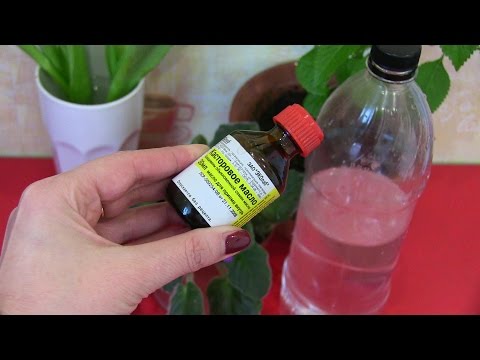

With the right use of castor oil, even a weakened and previously poorly flowering plant can be made to bloom luxuriantly.... Plants begin to bloom beautifully and hurt less.
But it is important to remember that castor oil is used only during the flowering period. Fertilizing them during the rest period is contraindicated.
The flowers are fed with a solution of castor oil in water - a teaspoon of oil is added per liter. Plants are watered with this solution.
Ammonia
This is another "pharmacy" top dressing. Ammonium is a good fertilizer, plants can easily assimilate it. Because of this property, it can quickly help plants with a lack of nitrogen. Its other actions on plants: revitalizing, revitalizing. Usually, watering with ammonia is carried out when the plant begins to wilt. The ammonia disinfects the ground, and also destroys fungi and various insect pests.
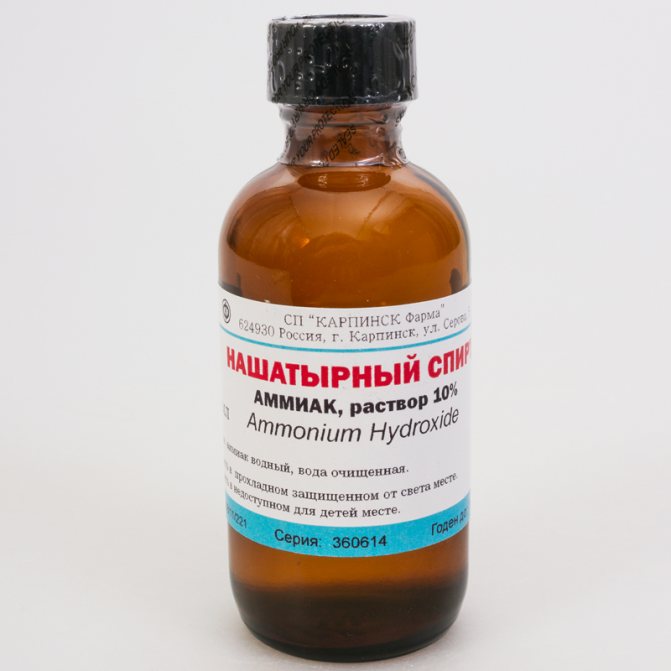

How to use ammonia for feeding? To water the plants, you need to add a teaspoon of ammonia to a liter of water. After such watering, within a few days the plants will turn green and start looking their best.
But such feeding cannot be used often: a couple of times a month will be enough. More frequent watering will lead to an excess of nitrogen in the soil.
Hydrogen peroxide
And with the help of hydrogen peroxide, you can not only stop bleeding, but also revive plants.
Peroxide has disinfecting properties, it blocks the development of pathogenic bacteria in the soil, prevents the development of harmful insects. Also this remedy heals withering and diseased plants literally before our eyes... And watering with a solution of hydrogen peroxide is an excellent preventive measure against various diseases.
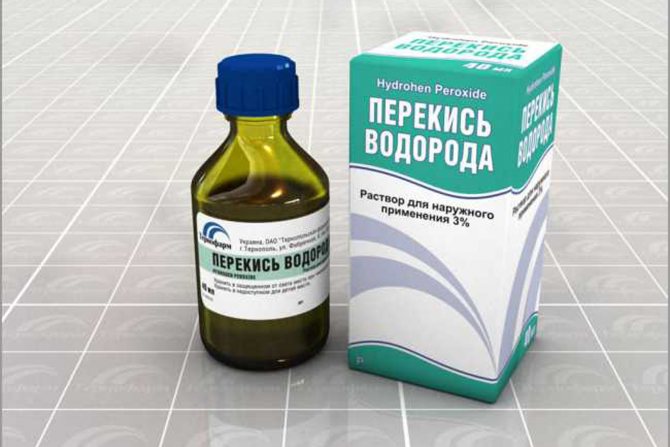

To prepare a watering solution, you need to mix 2 tablespoons of peroxide and a liter of water. This solution can be used in two ways - for watering plants, as well as for spraying. But this solution should not be watered with flowers more often than once a week.
succinic acid
Succinic acid from the medicine cabinet can be used as a plant growth stimulant. It increases the immunity of plants, protects against pests, heals rotten roots.
Plants can be watered or sprayed with a solution of succinic acid. For watering withering plants, a solution of 0.25 g of acid and 1 liter of water is prepared.
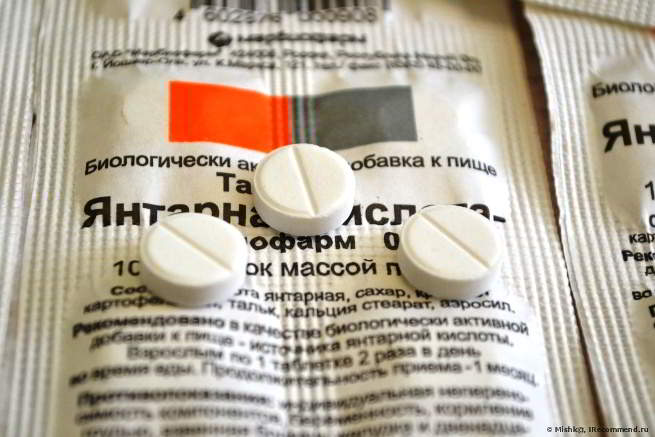

For spraying, you need to prepare a 1% solution of succinic acid, for this 1 gram of the crushed tablet is dissolved in a liter of water.
Such a solution can be stored for 3 days, after which it loses all useful properties.
Magnesium sulfate
This drug is also sold in pharmacies under the name "Magnesia". This preparation is a source of magnesium, which is very important for the plant. Magnesium is a part of plant chlorophyll, it affects the root system. With its lack, chlorosis is observed, the general condition of the plant is inhibited.
To prepare the solution, you need to dissolve 2.5 mg of magnesium sulfate in a liter of water and water the plants with the resulting solution.
Iodine is a good growth stimulant.In minimal doses, it has a positive effect on the condition of plants and their appearance, accelerates growth, improves flowering and helps to survive adverse conditions.
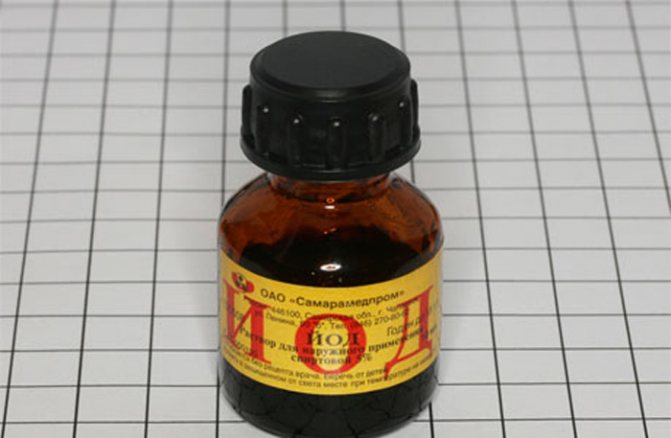

To water the plants, you need to dilute a drop of iodine in 2 liters of water. Watering must be done carefully, along the edge of the pot, so as not to accidentally burn the roots with iodine. It is also not worth watering a lot, so as not to dry out the soil, more than 50 ml of solution with iodine should not go to one plant.
Glucose
Also feed your plants can glucose... Glucose for plants is a building material, contributing to the formation of complex organic substances, and it is also a source of energy. Glucose is used in cases when it is necessary to restore overdried plants or when there is a loss of turgor.
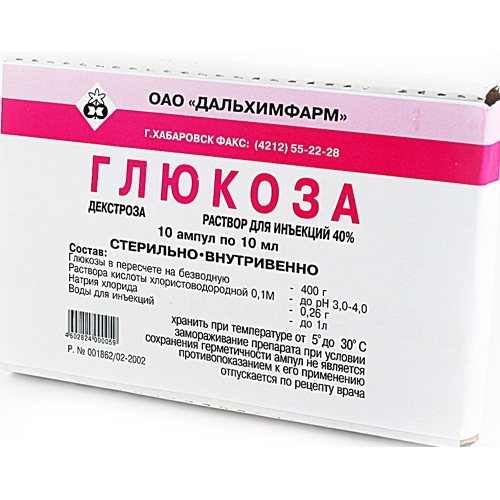

Glucose can be found in tablets and ampoules. To prepare the solution, you need to well dissolve the glucose tablet in a liter of water. And if glucose is in ampoules, then also dissolve it in water. At a drug concentration of 40%, 1 ml of glucose should be taken per liter of water, and if the glucose is 5%, then 8 ml. Use the glucose solution for watering and for irrigating plants.
Potassium permanganate
A solution of potassium permanganate (or as it is called in everyday life - potassium permanganate) can also be used to fertilize home flowers. Plants are watered with a weak solution of potassium permanganate to get rid of insect pests and pathogenic bacteria. Also, such watering is the prevention of diseases and the development of bacteria.
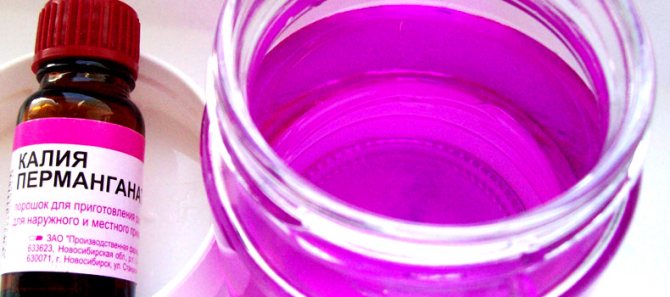

Potassium permanganate is a source of potassium and manganese - microelements very necessary for the plant. It is best to breed potassium permanganate first in a separate container, so there is no risk of making a mistake with the concentration. Wet the tip of a toothpick and take some crystals with it. Place these crystals in warm water and stir thoroughly until completely dissolved. And after that, you can dilute this solution with water to the desired concentration; to water the flowers, you need a weak solution of light pink color.
Important! Before watering, be sure to make sure that all the potassium permanganate crystals are dissolved, because if they get on parts of the plants, they can cause a chemical burn.
A solution of potassium permanganate acidifies the soil, but not all plants like it, so this is worth keeping in mind. Yes, and potassium permanganate in our time is quite difficult to get, in pharmacies in the open sale it is practically not found. Therefore, before treating plants with this drug, you need to decide on its need, it may be worth replacing potassium permanganate with some other drug.
Sodium thiosulfate
The a drug will help withdraw chlorine of tap water... Chlorinated water has a depressing effect on plants, and with constant use of such water, they may die altogether. You can insist tap water throughout the day in a bowl with a wide neck, or you can use sodium thiosulfate.
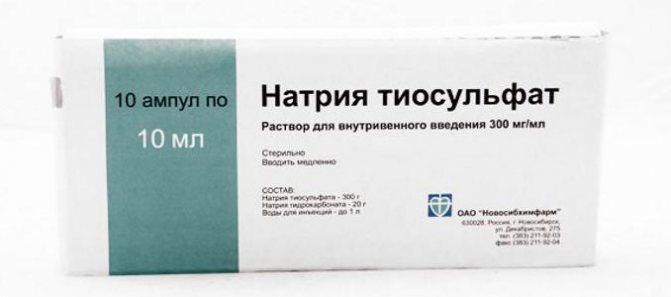

The solution is prepared as follows: We dilute 1 ampoule of 10 g of 10% of the drug for 150 g of water. And add this solution to water for watering plants at the rate of 1 drop per liter. The solution itself can be stored in a plastic bottle in a dark place for up to a year. This method is often found in books on the care of exotic plants.
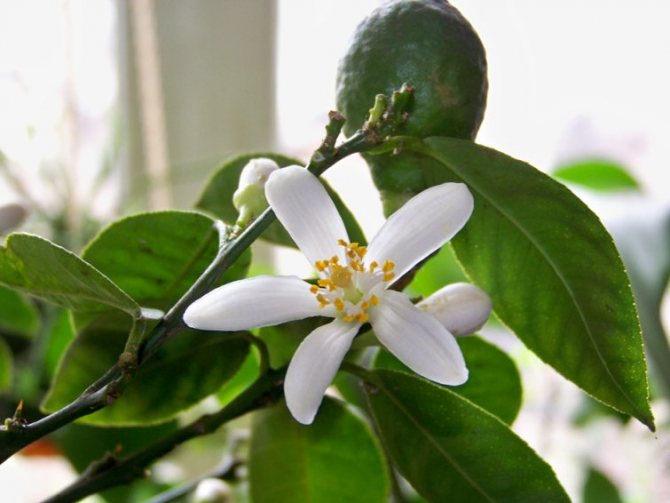

Beautiful flowering and frequent fruiting for your citrus plants!
When using vitamins and drugs, you need to rememberthat they are only helpers for plants, while the main care implies proper watering, feeding, lighting. You can read about how to properly organize feeding for citrus plants throughout the year in our article Seasonal feeding of citrus plants
PS. If you use any substances from the pharmacy for feeding and processing homemade lemons, then write about it in the comments, we will definitely discuss it.
Features of complex fertilizers
We recommend reading our other articles
- How to get rid of a wireworm?
- Clematis Multi Blue
- Vietnamese melon
- Bee venom
Unlike preparations, which are based on one element, and all the rest are additional (in minimal quantities), complex fertilizers contain 2-3 or more nutrients in the composition - this is the basis that takes up from 60% of the fertilizer. All other elements act as additional ones, and there are always a lot of them. Hence the name is a complex of useful substances.
Important!
In complex fertilizers, nitrogen should be up to 20% - this is the norm, since the main function of nitrogen is to increase green mass. If there is a lot of it, the flower may not enter the budding phase at all.
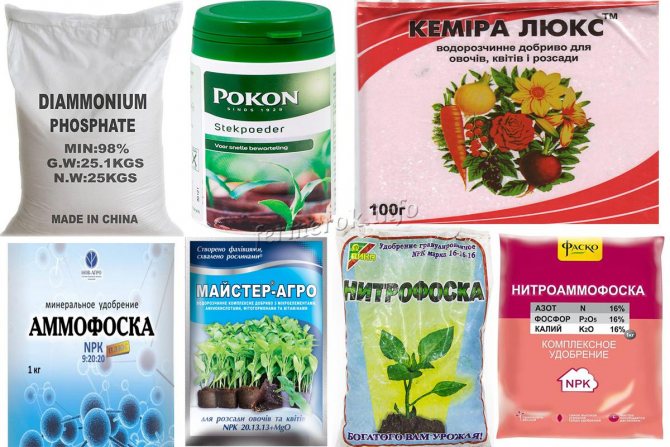

Complex preparations
The most famous complex drugs include: "Niroammofosku", "Pocon", "Master", "Nitrofosku", "Diammophos", "Kemira", "Ammofosku", "Ammophosphate" and others.
We use ash
Such a component can be an excellent food for home flowers. Wood ash as a fertilizer for indoor plants perfectly protects the crop from fungal diseases. In addition, it contributes to the enrichment of the soil with microelements.
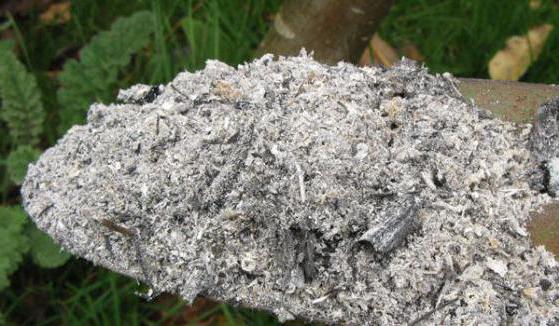

To prepare such a fertilizer, you need to acquire branches of deciduous trees.
Fertilizer creation progress:
- Dry the branches in the oven. After that, they need to be broken into small pieces.
- A regular bucket should be lined with foil. For this, an iron bucket is selected.
- After everything is ready, move your raw materials (broken twigs) to the bucket and light it.
- Do not empty all the branches at once, otherwise you are guaranteed a big flame. It is better to put them in several pieces.
- After the coals have been removed from the wood, they must be allowed to cool. Do not use them hot. The cooled coals are finely crushed.
As a fertilizer for indoor plants, wood ash is an excellent fertilizer for flowers.
What do flower growers think?
Indoor plant lovers assure that plant nutrition is as necessary for crops as vitamins are for humans. However, buying fertilizers is expensive. Especially when you consider that each flower needs a certain composition.
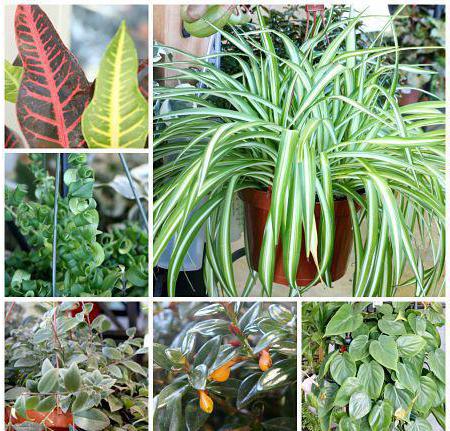

This is why most people create houseplant fertilizer at home. Reviews of such flower growers indicate that crops receive all the necessary nutrition from such substances. This affects the appearance of the flowers.
Sugar dressing is very popular. After all, this method is quite effective and simple. Coffee grounds are considered an excellent growth stimulant. In addition, such a component perfectly loosens the soil. Banana peel fertilizer for indoor plants is no less popular. Reviews indicate that the flowers after such feeding just get stronger and bloom before our eyes.
However, remember not to over-fertilize your plants. There should be a measure in everything.
Advice
- When plants are infected, not only onion peels are used, but also garlic, which also contains a large amount of phytoncides.
- Coffee grounds can be used as drainage, but they increase the acidity of the soil, which can be detrimental to the health of some plants.
- It is not recommended to water indoor flowers with water after thawing fish or meat. It may contain pathogenic microorganisms.
- During the growing season, to enhance flowering, it is advisable to add 1-2 drops of castor oil to the soil. It has a beneficial effect on the budding process.
- Many growers water the plants with water after cooking vegetables, but this is not recommended. Such a remedy does not in any way affect the health of flowers; on the contrary, it can lead to acidification of the soil.
Despite the huge amount of purchased plant nutrition and fertilization products, many gardeners prefer to use old and proven folk methods. They have a weak effect, and if you apply different methods, you can achieve a visible result, saving your budget.To choose a top dressing, you need to take into account the vegetation stage of the plant, as well as the species of the flower.
The feeding schedule is a helper, not a waste of time
The most reliable guarantee that you will not go wrong with fertilizing is scheduling procedures for each plant and for your collection as a whole. It will take several hours to write out the necessary information and bring it into a single system. But on the other hand, you completely eliminate possible mistakes in care, and you can be sure that every plant in your house receives exactly the nutrients that it needs. For each plant, write down:
- preferred feeding period;
- recommended frequency of procedures;
- type of fertilizers and their dosage.
By combining the "indicators" into a single table, you can build an effective and simple system that eliminates any errors.
Feed your pets
The story of the ficus can be taken as a "joke", but it may well be true. Among the plants there are "drunks" who do not particularly mind to miss a glass or two.
Ficuses like to shed their leaves for no reason, then a couple of times with an interval of a week they should be treated with diluted vodka - Art. spoon into a glass of water. A couple of tablespoons of vodka per liter of water makes the asparagus even fluffier, and the Monstera vine loves a slightly dry beer. Of course, for a beautiful and lush appearance, green friends need to be fed.
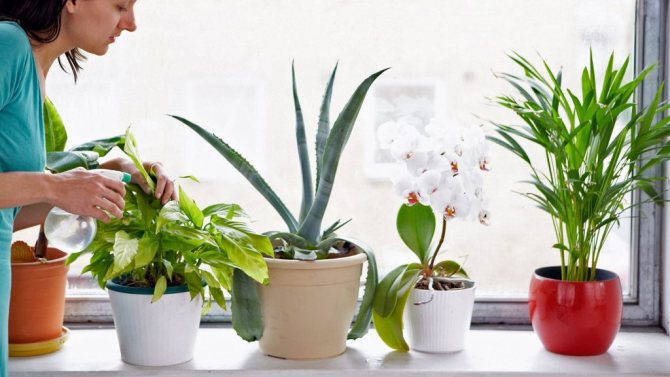

Each plant needs an individual approach when feeding
What is the best way to design a menu for a home flower collection, taking into account the tastes of pets? The soil for planting must necessarily contain the most necessary macro-microelements - these are calcium, manganese, cobalt, nitrogen, magnesium, potassium, phosphorus, sulfur, zinc and iron. Substances must be present in the amount necessary for a given flower and in the correct ratio, the flower will immediately let you know about this by yellowing of the leaves or wilting.
One of the important conditions for choosing a fertilizer is what kind of crop you plan to feed. Flowering plants need phosphorus and potash feed, while beautiful-leaved plants need more fertilizers with a high nitrogen content.
back to menu ↑
See also: Dracaena marginata - care, reproduction at home (140 Photos)

